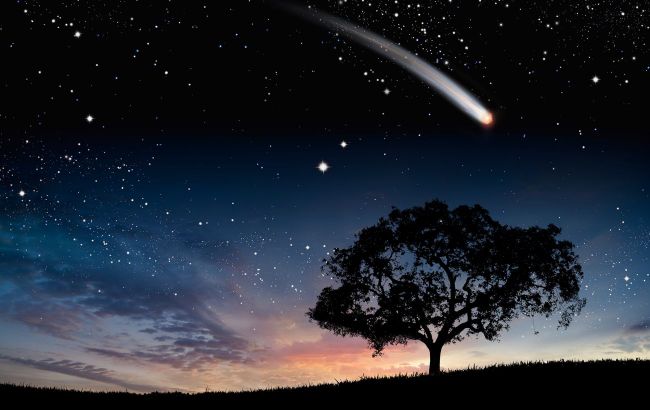Perseid meteor shower 2025: Best time to watch and make a wish
 Best days to watch the Perseid meteor shower in 2025 (photo: Getty Images)
Best days to watch the Perseid meteor shower in 2025 (photo: Getty Images)
The annual Perseid meteor shower, which typically delivers up to 100 shooting stars per hour, may not be as spectacular this year. A bright Moon during the peak on August 12-13 will significantly reduce the number of visible meteors, so it's best to prepare in advance. When is the Perseid meteor shower in 2025, and what are the best dates for watching and making wishes? Live Science provides the details.
When to watch?
The Perseids will be active from Thursday, July 17, to Saturday, August 23. This year's peak is expected on August 12 and 13. However, during this time, the Moon will be nearly full, brightly lighting up the night sky and making only the brightest meteors visible.
Traditionally, it's recommended to observe meteor showers from locations with minimal light pollution, in so-called dark sky areas.
However, since the full Moon will occur on August 9, its light will effectively "pollute" the night sky just as the Perseids reach their peak.
On the night of the peak, the Moon will rise a few hours before midnight, be 84% illuminated, and shine brightly throughout the night, offsetting the advantages of remote viewing spots.
Best time to watch this year
Because of the "lunar interference," the best time to observe the Perseids this year will be before and after the peak nights. In particular, the period from July 18 to 28 will offer a "dark window" with minimal moonlight.
- July 18: The half-illuminated last quarter Moon will rise at midnight
- July 24: The new Moon will provide the darkest sky
- Until July 28: A faint crescent Moon will set early, not interfering with observations
After July 28, a growing crescent Moon will begin to interfere with viewing, ushering in two weeks of bright lunar nights.
After the peak of the meteor shower, the waning Moon will again move out of the way, reaching its last quarter on August 16.
Although the number of shooting stars will decrease by then, any clear nights that week could still offer a dazzling celestial show.
Perseids: Fast and bright messengers from space
The Perseid meteor shower is known for its fast and bright meteors, which streak through the sky at about 60 kilometers per second (37 miles per second).
These shooting stars are tiny particles left in the Solar System by the comet 109P/Swift-Tuttle.
When Earth passes through this dusty "tail," the comet's particles collide with Earth's atmosphere. As they burn up, they release energy that we see as streaks of light in the night sky.
How to prepare for watching
Choose a location: The best place to watch is away from cities, where there is no light or glow from towns. The darker the surroundings, the better you'll see the meteors.
Comfort: Bring a sleeping mat, blanket, or folding chairs. You'll also need warm clothes (it can get chilly at night) and a thermos of hot tea or coffee.
Equipment: The meteor shower is visible to the naked eye, but you can also use binoculars or a small telescope.
How to make a wish
Watch the meteor as it flies, and don't take your eyes off it. Mentally formulate your wish, be specific and clear. Don't tell anyone your wish afterward.
You might be interested in:
- When to watch the most magical July meteor shower that could make your wish come true
- A space burial mission ended in disaster

